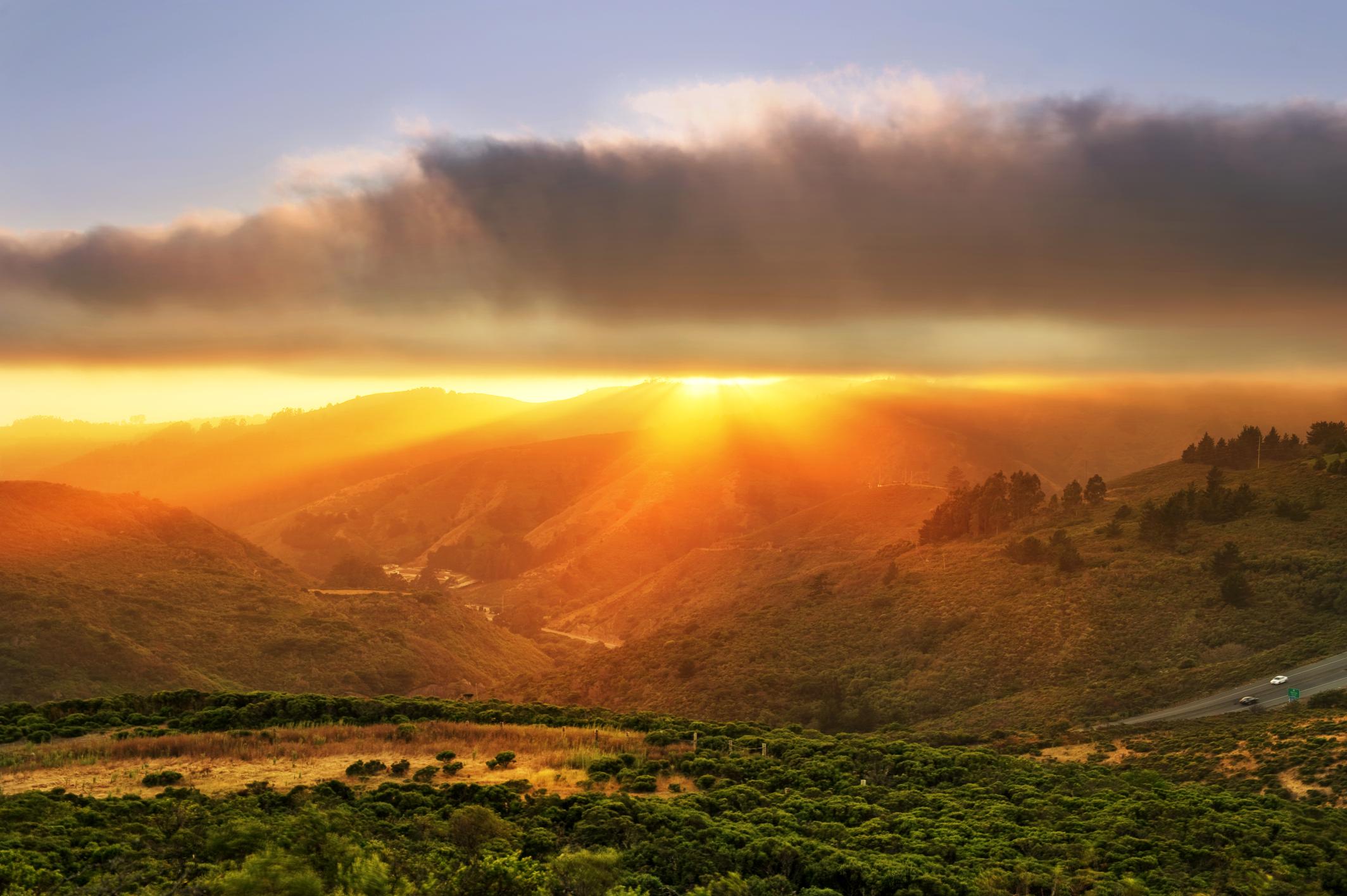Countries are not on track to deliver their climate commitments — and even if they were, humanity could still fall short of the transformative changes needed to avert a climate catastrophe, according to the latest report from the UN’s Intergovernmental Panel on Climate Change (IPCC).
Released today, the IPCC report says slashing fossil fuels is critical to keeping temperature rise below 1.5 degrees Celsius (2.7 degrees Fahrenheit) and preventing the worst impacts of climate change. It also highlights a powerful and largely untapped solution to stem the climate crisis: nature.
The report finds that three actions — reducing the destruction of forests and other ecosystems, restoring them, and improving the management of working lands, such as farms — are among the top five most effective strategies for mitigating carbon emissions by 2030.
“Today’s report is the most conclusive endorsement yet of nature as a climate solution,” said Bronson Griscom, a Conservation International climate scientist whose studies are cited in the IPCC report. “It’s telling us we must act now, with every tool we have, to avoid a dangerous rise in temperatures — and it’s saying nature’s contributions are key. This is a game-changer.”
Nature is a key climate ally
This is the third installment of the IPCC report series in eight months. But where the other two reports focused on the causes and impacts of climate change, this one zeroes in on solutions.
Not only do high-carbon ecosystems like forests and mangroves absorb and store greenhouse gases, they are also among the most cost-effective options to confront the climate crisis, according to the IPCC. The report finds that delivering global natural climate solutions that limit warming to less than 2 degrees Celsius (3.6 degrees Fahrenheit) would cost up to US$ 400 billion a year by 2050 — less than current subsidies for business-as-usual agriculture and forestry.
And protecting nature not only provides climate benefits, it is inextricably tied to human well-being as it helps clean our air and water, prevent flooding in coastal areas, safeguard fisheries and more.
“When we protect nature to stabilize our climate, we’re also supporting communities that rely on it daily,” Griscom said. “This is critical because those communities are disproportionately impacted by climate change, yet bear the least responsibility for it.”
But despite the upsides, natural climate solutions currently receive less than 3 percent of all global climate funding.
“Nature remains a woefully underinvested solution,” Conservation International CEO M. Sanjayan said. "We can save our climate, and protect the nature we need to thrive, and live in a world that is more equal and just. There is still time; our future remains to be written. But it’s going to take everything we have, and we need to start now.”
What needs to happen next
Stopping climate breakdown will require nothing less than a complete transformation in our energy supplies, economic models and land stewardship, experts say. According to the report, it is necessary — and entirely possible — to halve greenhouse gas emissions by 2030 to keep temperature rise below 1.5 degrees Celsius (2.7 degrees Fahrenheit).
But it is going to require action across every sector, the report’s authors say. Some of the most important actions they cite are dramatically reducing the use of fossil fuels such as coal and oil, and cutting methane emissions by one-third.
Most tropical countries must also prioritize nature as they implement their climate pledges under the Paris Agreement, according to Griscom. The private and finance sectors also have a role to play by urgently committing to net-zero carbon targets in their supply chains — and ensuring that nature plays an essential part in achieving those targets.
But global consensus for climate action is difficult to come by, as evidenced by a brief delay in publishing the IPCC report due to disagreements over the document’s wording as talks between global representatives went into overtime.
One way to close the financing gap for natural climate solutions is through well-regulated carbon markets, which can offer financial incentives for communities, regions and countries to keep forests intact and prevent planet-warming emissions caused by deforestation.
“Carbon markets can provide the turbo boost we need for a low-carbon future by delivering rapid investments to implement natural climate solutions,” Griscom said.
FURTHER READING:
Currently, Conservation International experts, including Griscom, are developing a roadmap for countries, investors, businesses and land stewards around the world to implement effective nature-based solutions. The idea is to translate global and national goals into recommendations for specific actions by specific people in specific places. For example, climate-smart forestry practices, such as training loggers to minimize damage to non-commercial trees in tropical forests, could dramatically reduce emissions in the timber industry, while improving job safety and sustainable wood production.
“What’s exciting about this moment in time is that we can clearly see the many solutions available to confront the climate crisis — among which nature stands out,” Griscom said. “The past decade was about gathering the knowledge to prepare for action. Now it’s time to kick it into high gear.”
Kiley Price is the staff writer and news editor at Conservation International. Want to read more stories like this? Sign up for email updates here. Donate to Conservation International here.
Cover image: Coastal mountains to the shore is California State Route 92 to Half Moon Bay (© Justin Kern/Flickr Creative Commons)
